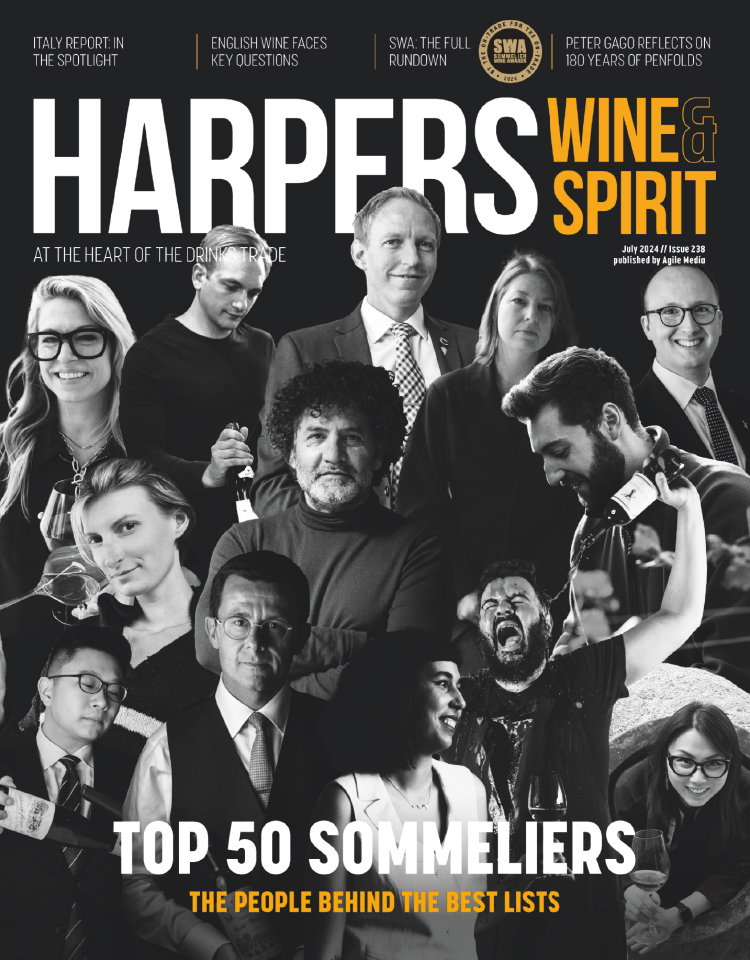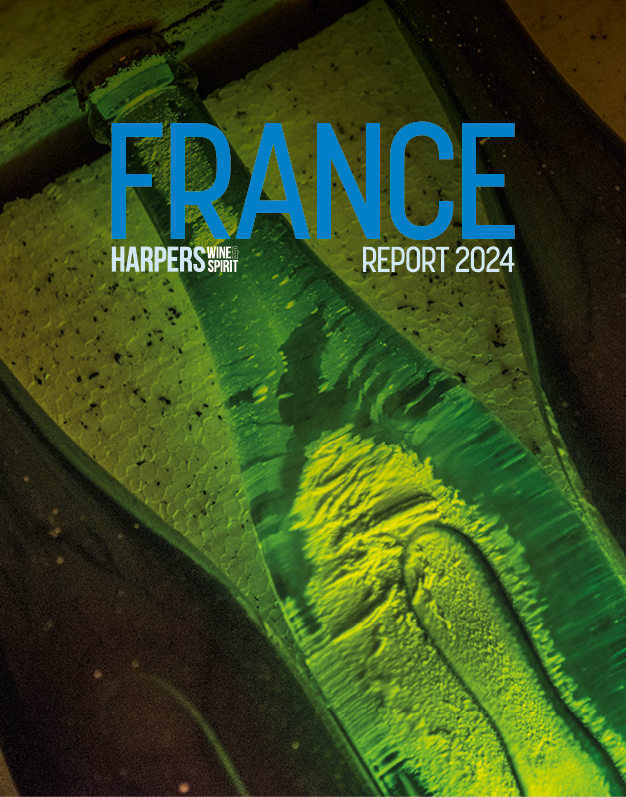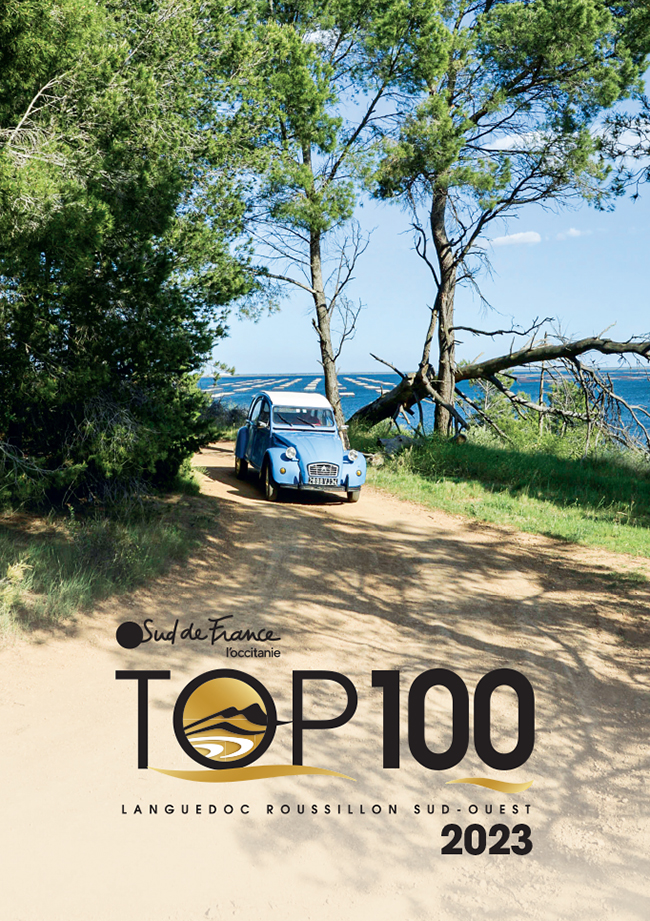
NZ tasting: alternative styles playing expanding role in export growth
Rosé, Pinot Gris and Pinot Noir are among a slew of ‘alternative’ varieties and styles notching up a greater share of New Zealand’s collective wine exports, as “international appetite grows to expand the range”.
This was one of the takeaways from the well-attended 2020 New Zealand annual trade tasting in London on Wednesday, where Rabobank analyst Maria Castroviejo delivered a breakfast briefing on New Zealand in the Global Winescape.
Castroviejo highlighted New Zealand’s premium positioning on the global market, with the industry delivering just 1.1% of production, but commanding 2.4% of global exports, with a value share of 3.2%.
While saying that the exponential export growth of the past few years was over, Castroviejo added that “exports other than Sauvignon Blanc are now growing”, with – significantly – “a growing gap” between the speed of growth of alternative varieties and New Zealand’s runaway flagship variety.
Between 2000 and 2019, the biggest risers have been rosé at 28% (albeit from a very small base), Pinot Gris at 14% and Pinot Noir at a steady 5%.
What was most notable at this year’s tasting, though, was the sheer range of differing varieties on show, brought together at a feature table showing ‘Unexpected New Zealand’.
Albarino, Gruner Veltliner, Chenin Blanc, Viognier, Lagrein, Malbec and Tempranillo were among those featured, with importers reporting that interest and uptake from the premium UK on- and off-trade was strong.
Due to high interest among tasters, several wines on that table ran dry during the day.
The premium image carved out by Sauvignon Blanc, and more latterly Pinot Noir, have become embedded in the wider consumer expectation of New Zealand, with the online image playing to its strengths.
“Sauvignon Blanc is strong, Pinot Noir is gaining, and tourism is growing. And the internet - consumer ratings are high, with positive opinions, and [this is] consistent compared with rival countries,” said Castroviejo.
With sustainability a huge focus across the New Zealand industry, which is 98% sustainable certified, the country’s lead here also plays well into the “exponential growth” of both consumer and corporate interest in greater sustainability, with Millennials and Generation Z particularly tuned in to such credentials.
This, in turn, is helping open the door for other varieties, with consumers increasingly buying on ethical and sustainable credentials over a given brand or wine style.
Speaking at the tasting, Chris Stroud, marketing manager Europe, New Zealand Winegrowers, reiterated the strength of New Zealand in the UK market, which remains its prime export territory.
“Sauvignon Blanc is the most popular white wine in the UK and New Zealand has 50 percent of the category,” said Stroud.
“What is now interesting is how other varieties are coming into the UK… there is a growing maturity in what is a very young industry, as vines are getting older, with winemakers learning, it’s a coming of age,” he added.
Stroud reminded that the Marlborough industry, heart of New Zealand’s quality Sauvignon Blanc production, “has only been going 40 or 50 years, with Sauvignon Blanc first planted in 1973 – it’s my age”.
The industry is now involved in a series of succession initiatives as the pioneering and older generation of winemakers plan to hand over the baton to the next generation.
Keywords:
- wine
- New Zealand
- export
- industry
- Pinot Noir
- Sauvignon Blanc
- market
- Rabobank
- annual tasting
- alternative varieties
- Pinot Gris
- rose
- Maria Castroviejo







